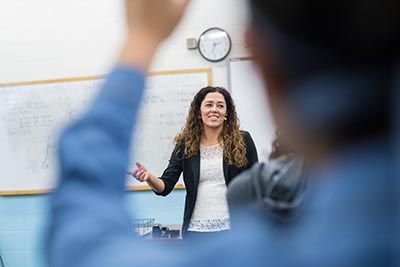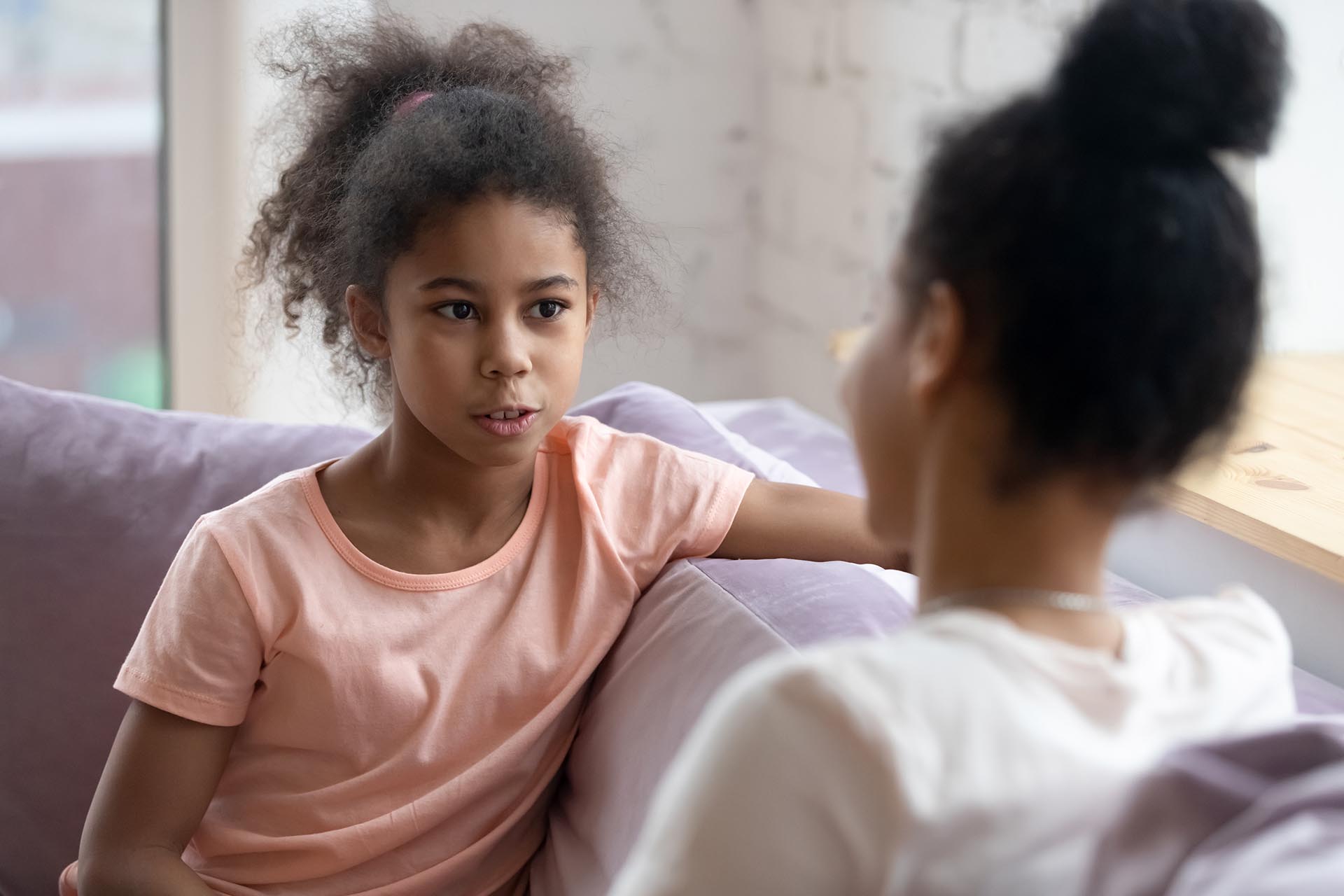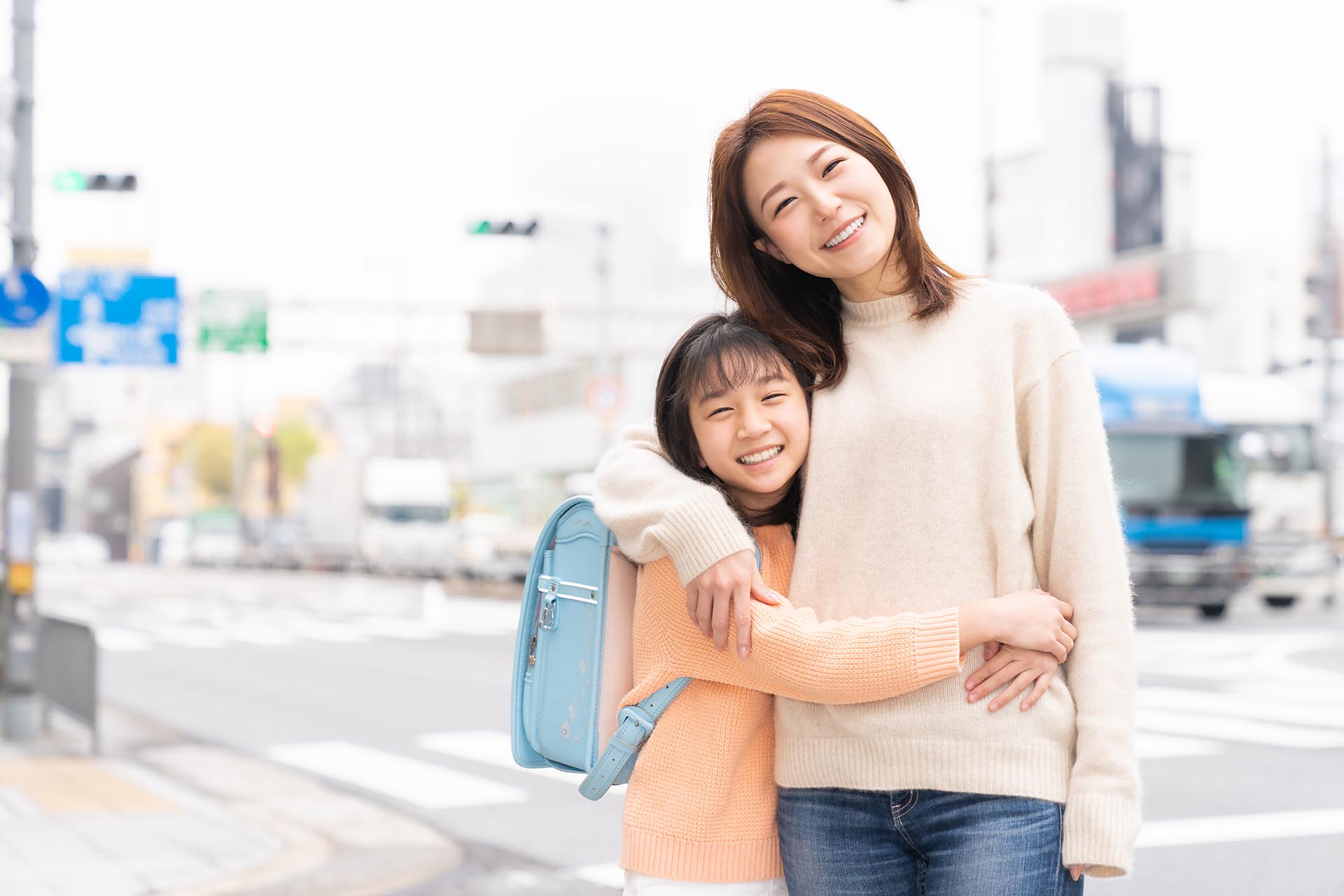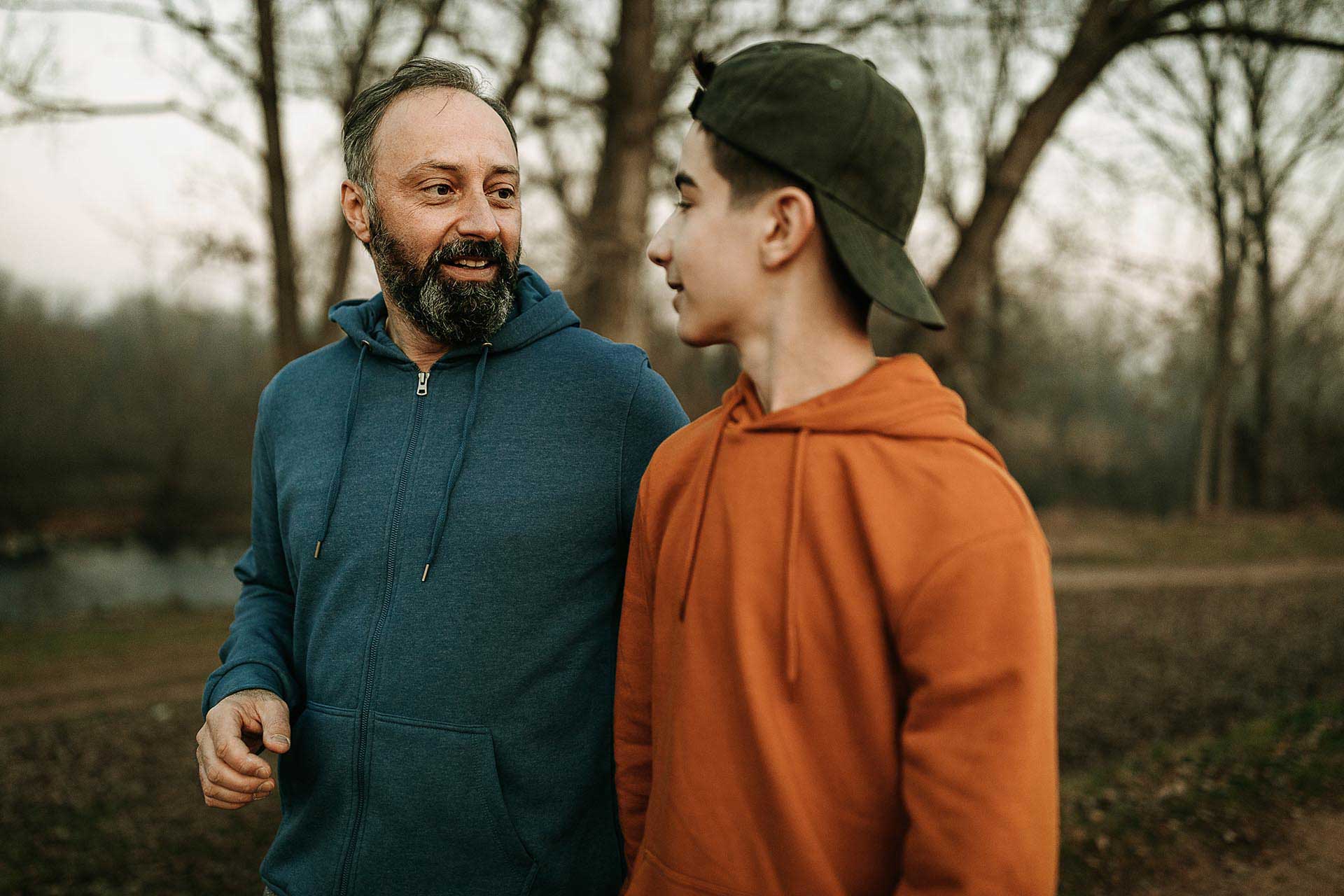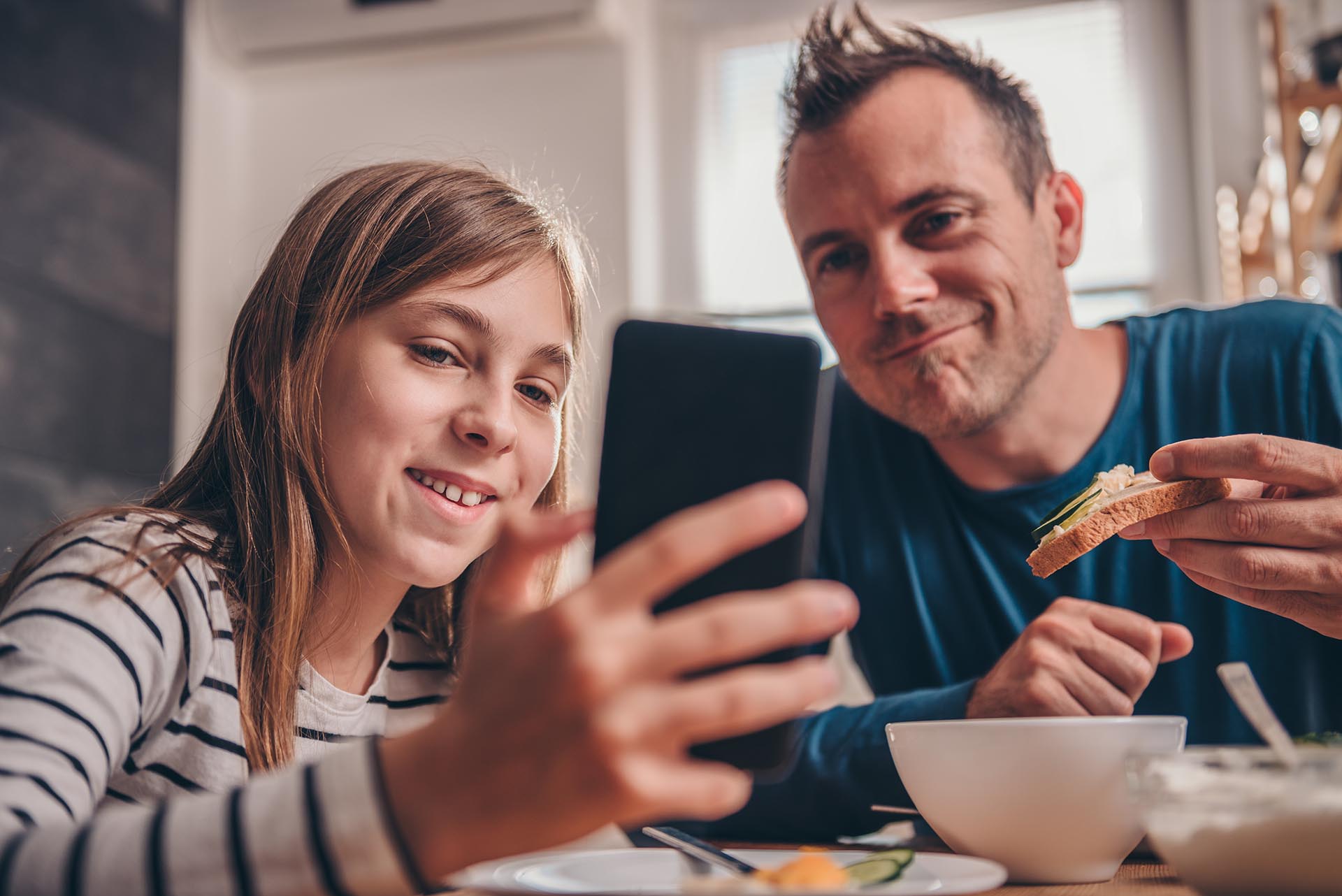Young people’s LGBT+ experience is diverse: including their approach towards ‘coming out’
When Hulu announced the ‘first studio-produced, LGBT-centric holiday romantic comedy’ Happiest Season, starring the proudly bisexual Kristen Stewart, the loudest reaction seemed to be an exasperated ‘Finally!’. However, once the movie was released, its story arc, focusing on Kirsten Stewart’s on-screen girlfriend (played by Mackenzie Davis) ‘coming out’ to her parents, raised criticisms. Some viewers questioned the choice to ‘zoom in’ on what can be a traumatic experience for LGBT+ people, arguing that ‘stories about coming shouldn’t be the only queer stories we get.’ Many of the broader conversations in LGBT+ communities question the emphasis on ‘coming out’, not only in TV and movies but in everyday culture. Instead of putting pressure on LGBT+ people to ‘come out’, some ask if we could be focusing instead on making a world where’ LGBT+ people aren’t seen as ‘different’.
The LGBT+ experience is multi-faceted, and young people across the spectrum will have very different approaches to both understanding their sexual identity and how they choose to express it. For some people, coming out will be an important part of expressing their identity, and for others, it might not be important.
The positives of ‘coming out’:
- coming out can be an empowering process:it helps young people to embrace their true selves and cultivate self-acceptance, which plays an important role in mental health and overall well-being. Through coming out, individuals can construct a positive self-image and strengthen their self-esteem.
- it nurtures relationships: coming out can help young people build meaningful relationships with family and friends and helps them to communicate the kind of support they need.
- it can help young people find community: being openly ‘out’ can help a young person feel a sense of belonging in their community
Speaking to Cosmopolitan, young person Sabrina’s experience of coming out seems to engage all of the ‘positives’ listed above. She says: ‘To me, coming out means being able to tweet openly about Pride and post cute selfies with my girlfriend. It means being able to talk freely about the woman I’m seeing, about the way being with her makes me feel giddy and hopeful, without the fear that in being with her I will lose some of the most important relationships in my life.’
While there are lots of positives to ‘coming out’, there are many different reasons why somebody might choose not to.
Why young people might choose not to come out (to parents and carers, or in general):
- some LGBT+ people might be more comfortable with a fluid sexual identity rather than using any labels
- Some people see coming out as encouraging the idea that heterosexuality is ‘the default’—and isn’t necessary for their LGBT+ experience to be valid
- ‘coming out’ isn’t necessarily something that happens just once. Your young person may have come out to their friends or to a specific community before but still not be comfortable coming out to you (after all, Mackenzie Davis’ character in Happiest Season waited until her 30s to come out to her family)
- they might not feel safe. They could live somewhere where they feel they’ll be discriminated against or may have seen how other LGBT+ people are treated in their community
- they might feel that (because of their religious or cultural beliefs) family members treat them differently
Parents and carers know their child best and what they might be comfortable with, however, if your child hasn’t come out to you and you think they might be LGBT+, it’s best not to put them ‘on the spot’ with questions about their sexuality. Gender and sexual identity are more fluid than ever among young people—while you think the ‘signs’ might be there that they’re LGBT+, they might not be. They also might not want to ‘come out’ to you right now. Or ever! And that’s okay.
Whether or not coming out is important to your child, parents can support them by making an environment where LGBT+ young people feel safe no matter what, starting with:
- watching content that includes representations of LGBTQ+ people and making it ‘no big deal’ to watch non-heterosexual storylines
- talking about how it’s not only normal to have sexual feelings for members of the same sex but also that they might not have any sexual feelings at all, and ‘asexuality’ is normal too (you can read our breakdown of lgbtq+ and other terms around gender and sexuality here)
- when talking with them about people in their life, try not to assume anyone’s sexuality. For example, you could say, ‘Oh, your friend Lisa is seeing someone? Are they nice?’
- speaking positively about LGBTQ+ causes and communities and challenging those around you who speak negatively about them, especially in your young person’s presence
- being open-minded about your young person’s self-expression
Further reading:
- ‘ABC podcast series tells LGBTQIA+ stories of coming out – and staying in’
- QLife: anonymous and free LGBT+ peer support
- Victorian Pride Centre: a range of LGBT+ organisations and businesses who support the LGBTQIA+ community)
- Rainbow Door: free LGBT+ helpline for info, support and referral to all LGBT+ Victorians, their friends and family
- check out our resources for LGBT+ for Secondary students and older here
